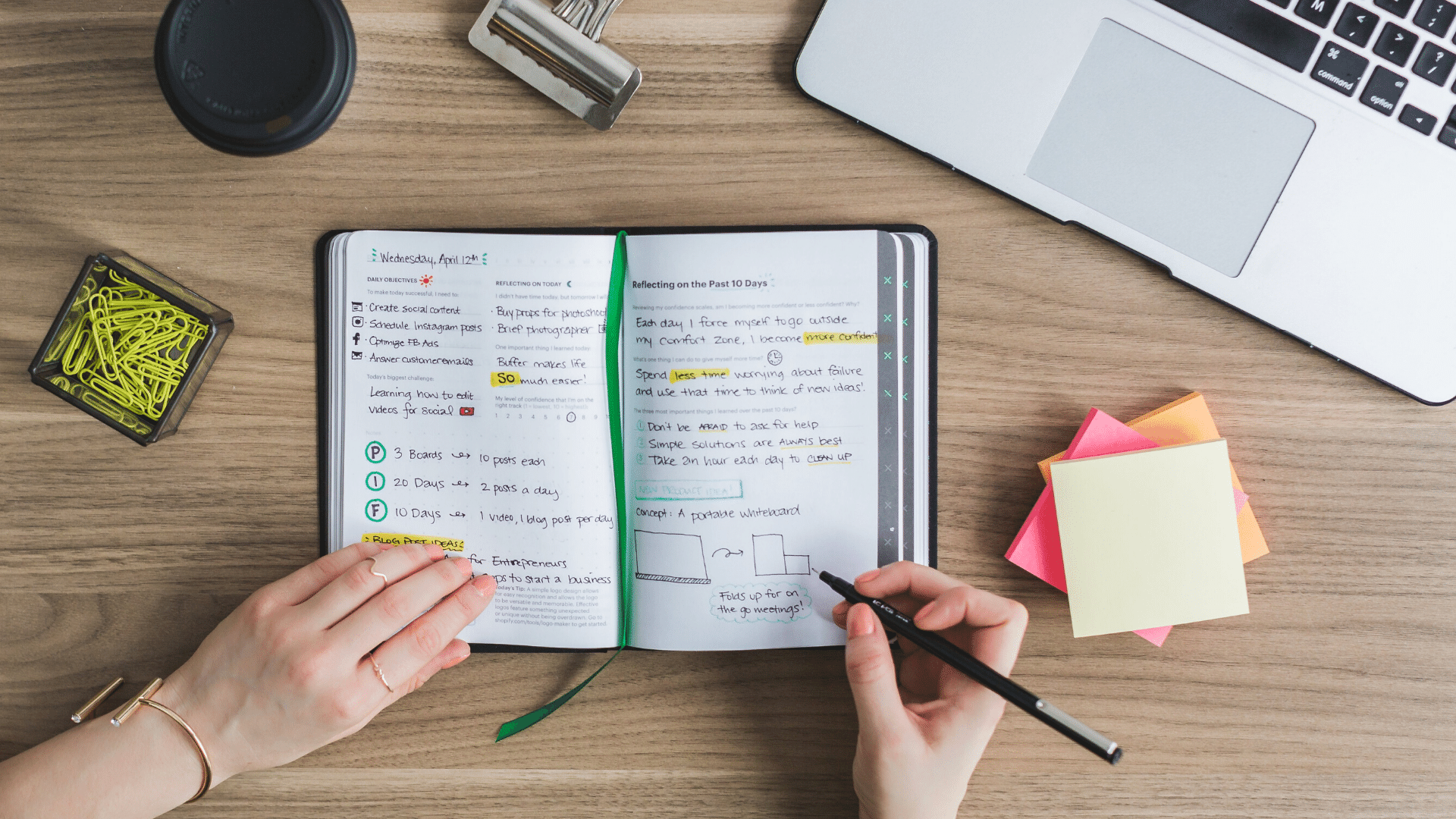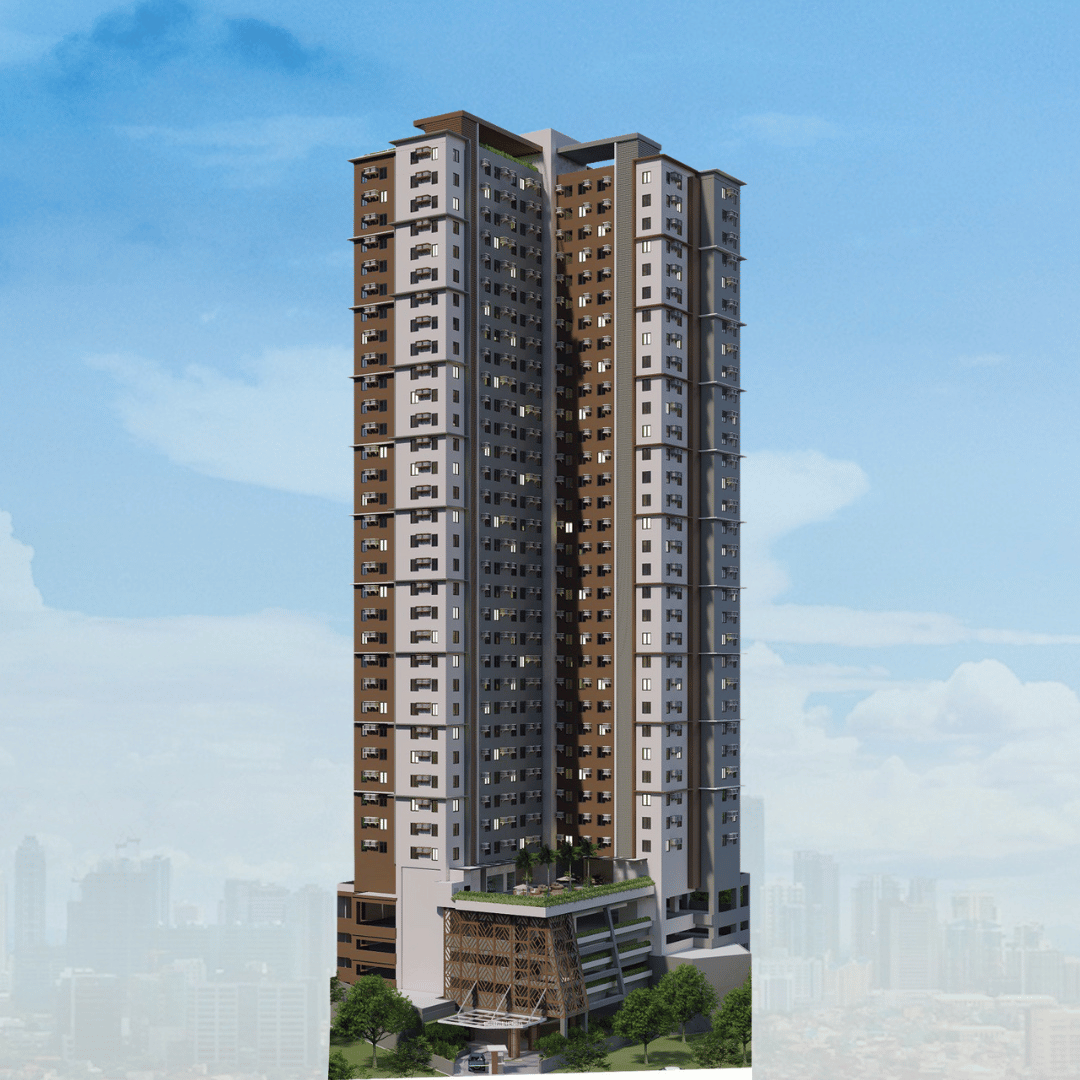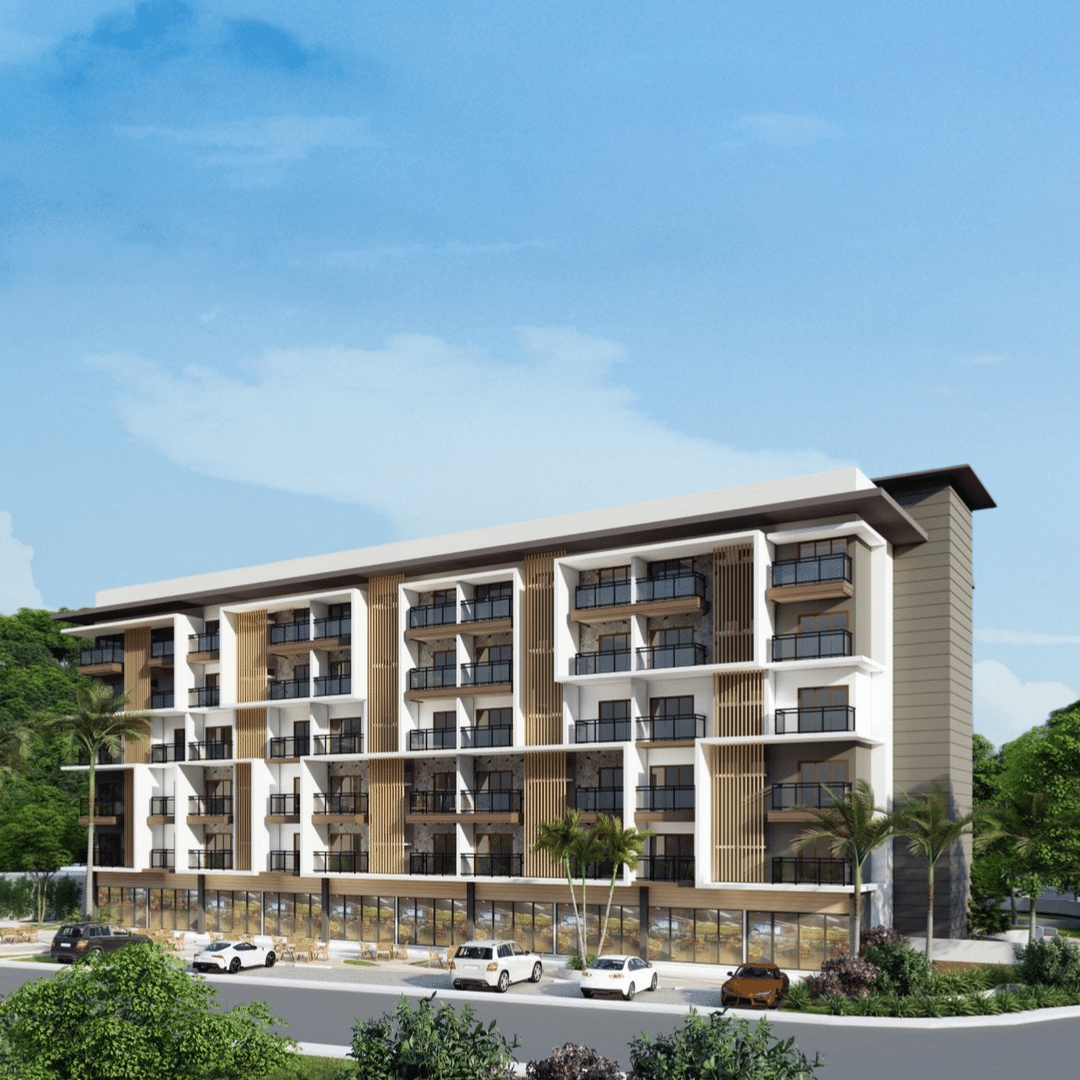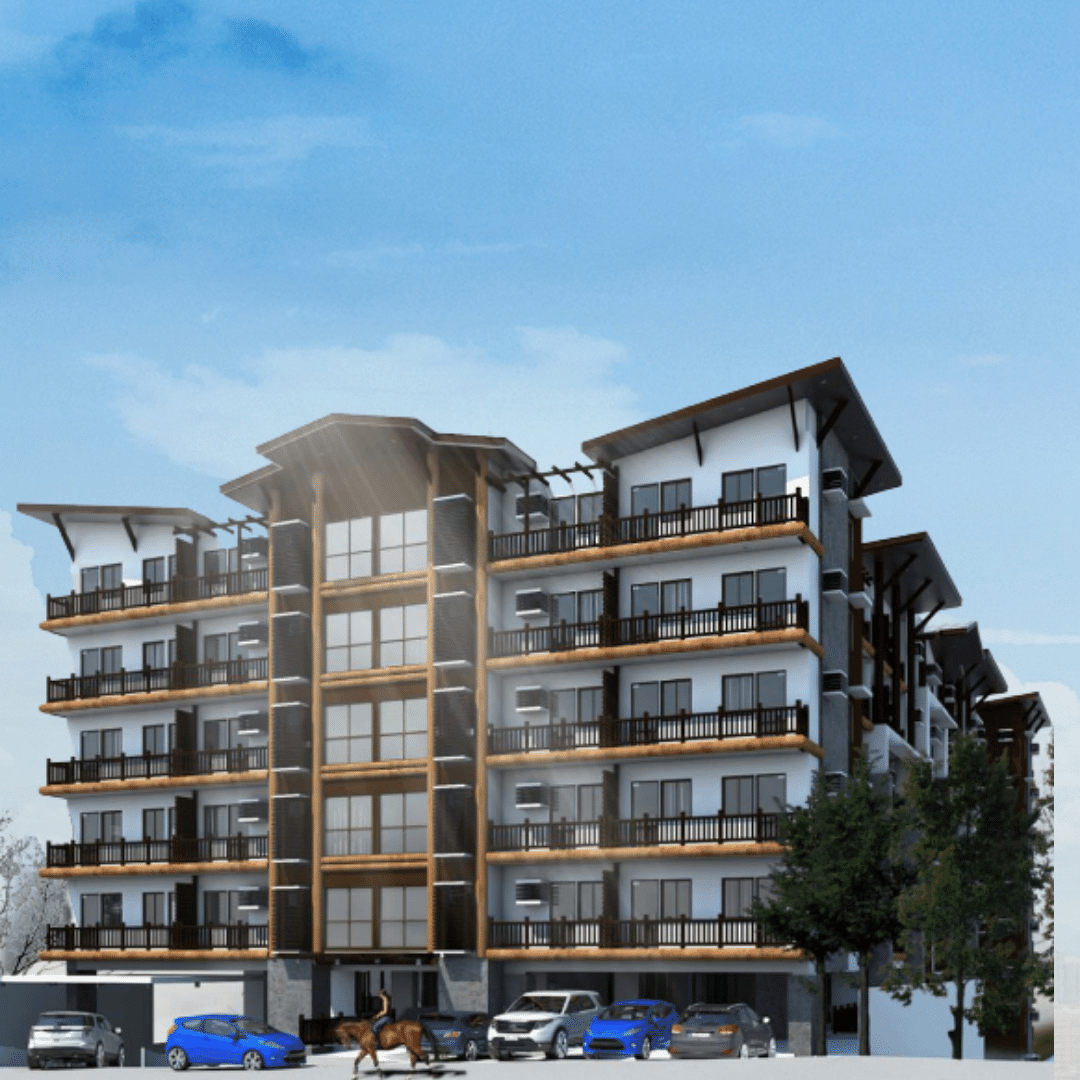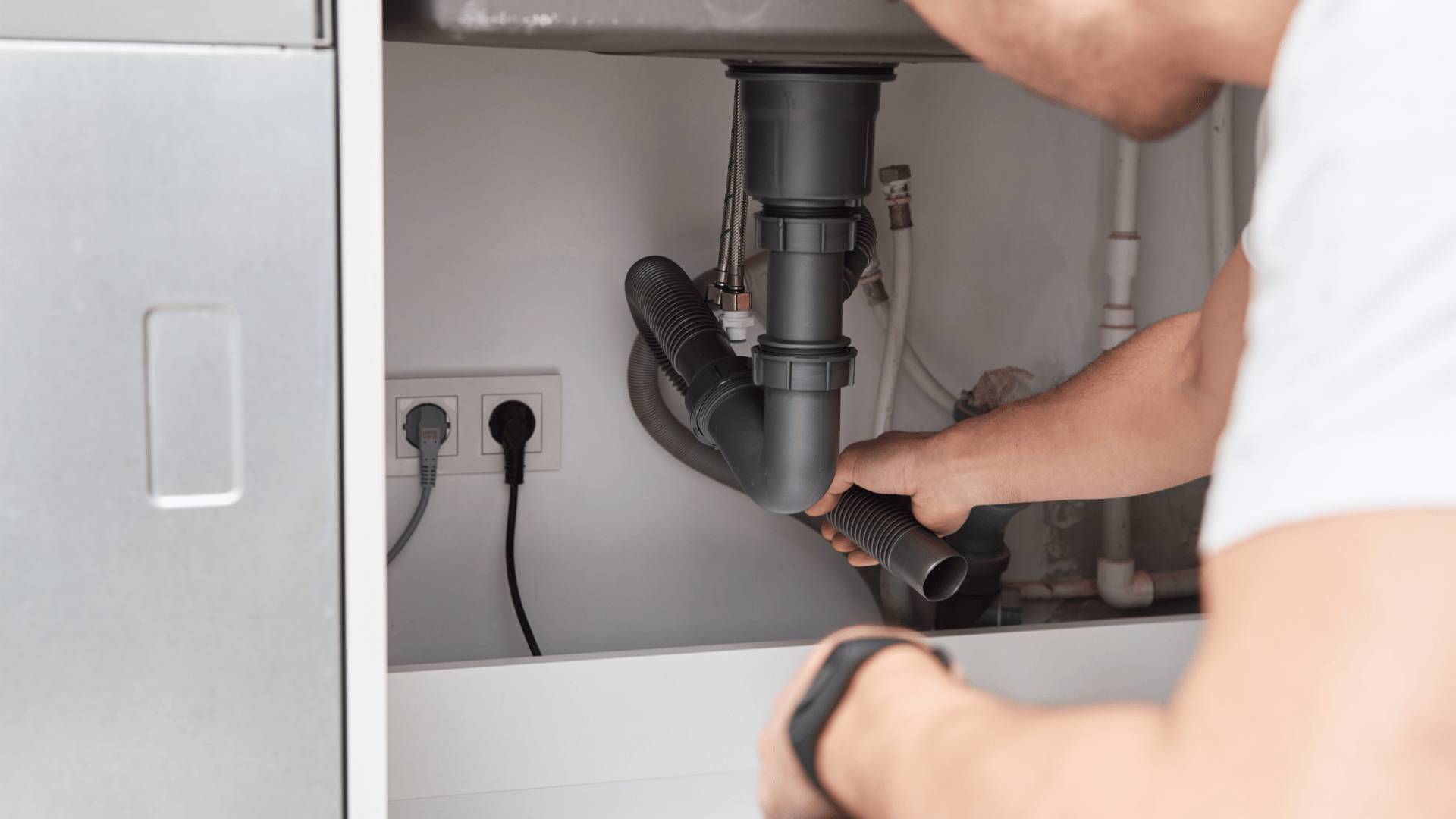It has been 2 years already since the Covid-19 Pandemic changed everyone’s way of living. One of the most prominent changes was the education’s new normal setting. Shifting from attending classes in school to staying at home and accessing education virtually has been a big adjustment for the students.
At the start of online classes during the pandemic, one of the most common problems was access to gadgets and stable internet. As the online classes continue, the problem of mental health has been an issue too. Many students were having a hard time paying attention to classes, especially since their usual environment to learn is now in the comfort of their homes. For some students who do have not enough space in their homes to have their study area, they struggled to find a place where they can focus on their studies for their major exams or even just for lectures. Most of the major examinations such as a bar or board exams are also about to start. With this, a lot of reviewers opt to have an apartment or condo on their own to focus on their exams.
Now that everything is online, how do you find balance in your schoolwork and personal life? Here are some tips for you to have a more effective study habit:
The most important you have to do first is to find out what type of student you are. Everyone experiences life in unique ways, and each has a different way of learning and understanding. In an article from Rasmussen University, they have classified the learning types into 4: visual learners, auditory learners, kinesthetic learners, and reading or writing learners.
Visual Learners
If you are the type of student who easily understands a lesson when you have a visual representation of the lecture, then you probably belong to this type of learner. Visual learners easily learn when they see and observe things like having a diagram, picture, etc.
Here are some study tips from Columbia State Community College:
- Take notes to remember easily
- Invest in your study area and make sure it is aesthetically pleasing to you
- Look at people and professors when they talk. This technique will help you stay focused.
- Most visual learners study better by themselves.
- Take thorough notes in lectures and when studying textbooks. Review and revise notes after class, preferably immediately after class while you still remember a good deal of the lecture, to reinforce your knowledge.
- Read assignments in 25-minute intervals (you lose 85% of your input after reading for 25 minutes).
- When beginning a textbook chapter, read the chapter overview and summary first to get a general idea of the information. Then begin reading.
- Underline main points in an eye-arresting color - for example, neon highlighters.
- After 25 minutes, take a one-to-five-minute break. Disconnect totally from your reading (walk around the room, stretch, look out the window, snack, restroom break, whatever is comfortable for you).
- Review your underlined/highlighted material after your break.
- Read for another 25 minutes, take a 1-to 5-minute break, and review underlined material.
- Just before closing your book, review all underlined material read that day to reinforce your learning
- Write new vocabulary words on colored index cards (or write in color on white index cards) with short definitions on the back. Carry these with you and reviewed them at odd moments or whenever you have spare time - for example, before class or when waiting in line.
Auditory Learners
Auditory Learners on the other hand tend to learn better when there’s a reinforced sound. If you are the type of learner who needs to read out loud to understand a reading better or if you are one of the students who actively participate in recitation, then this is probably your learning type.
Here are some study tips from Columbia State Community College:
- Try studying with a friend so that you can talk out loud and hear the information.
- Recite out loud the things you want to remember.
- Tape your lectures and review your notes while listening to your tape. This gives a double auditory input. Transfer your notes to index cards that you can carry with you and review
- aloud.
- Read an assignment for 25 minutes (no more - you lose 85% of your input after the first 25 minutes.) When beginning a textbook chapter, read the summary to get a general idea of the information. Then begin the reading. (You might even try reading aloud).
- Underline main points in an eye-arresting color - for example, neon highlighters.
- At the end of 25 minutes, take a one-to-five-minute break. Disconnect totally from your reading - exercise, relax, snack - whatever is comfortable for you.
- Review aloud all underlined materials. If you take notes in addition to underlining in the book, read your notes aloud as well.
- Read for 25 minutes and underline.
- Take a break.
- Review aloud from the beginning of underlined material. Repeat.
Kinesthetic Learner
These learners are the type who understands a lesson better when they get experience and do things. If you have this type of learning style, then it’s probably easier for you to understand a lesson when there are activities involved wherein you need to touch or handle something to learn a concept.
Here are some study tips from Columbia State Community College:
- Write down your notes
- Have a study session with your friend to talk out loud and have activities together
- When memorizing, pace or walk around while reciting to yourself or looking at a notecard, and also try writing the information on a desk with your fingers.
- Keep something in your hand that is malleable. Knead or tap to a rhythm as you study. As much as you can, translate what you are learning into something that can be touched. Typing is helpful, as is writing your notes. If possible, type your notes on index cards. Eating, drinking, chewing gum, and listening to music are also helpful.
- Read an assignment for 25 minutes (no more -you lose 85% of your input after the first 25 minutes.) When beginning a textbook chapter, read the summary to get a general idea of the information. Then begin the reading.
- Underline main points in an eye-arresting color - for example, neon highlighters.
- At the end of 25 minutes, take a one-to-five-minute break. Disconnect totally from your reading - exercise, relax, snack - whatever is comfortable for you.
- Review underlined material after your break. If Auditory is your secondary preference, review aloud all underlined materials.
- Read for 25 minutes and underline.
- Take a break.
- Review from the beginning of underlined material.
Reading/ Writing Learner
This type of learning quite overlaps with the Visual Learner, but what to take note of is that this learning type is more drawn to written words.
Here are some tips for you to study better:
- Write down your notes
- Rewrite notes
- Read additional information like articles and books
- Create a list of bullet points of your lesson
Once you understand what type of learner style you have, it will be easier for you to choose what methods of studying you should practice. After that, you can now start creating a schedule that will best fit you. This schedule must involve how you will balance your time with personal and student life. Sticking to your schedule will help you to have more control of your schedule. If possible, it is also better if you have your area where you can study. Lucky if you are living in a condo or thinking of investing in one, you can have it condo designed according to your need as a student. But if you are just in your hometown, find a space where you can focus and do your schoolwork. As much as it is important to study hard, don’t forget to take enough rest and take care of your health. Above everything, what’s matter the most is that you are physically and mentally fit because this will also be helpful for you to study better.
If you are thinking of moving into a new condominium, check out Vista Residences!
Vista Residences is the condominium arm of the country’s largest homebuilder, Vista Land & Lifescapes, Inc. that offers ready for occupancy and pre-selling condominium projects in Manila, Makati, Mandaluyong, Quezon City, Ortigas, Baguio, Cebu, and CDO that are strategically located within major cities, in close proximity to premium universities, transit-oriented locations, and developed business districts.
For more information on Vista Residences, email info@vistaresidences.com.ph, follow @VistaResidencesOfficial on Facebook, Twitter, Instagram, and YouTube, or call the Marketing Office at 0999 886 4262 / 0917 582 5167.
